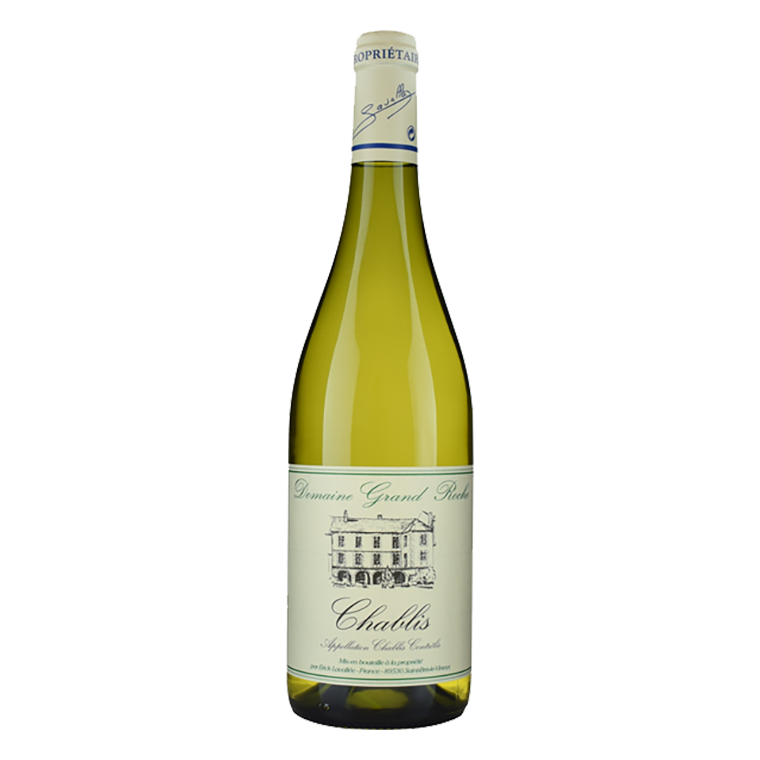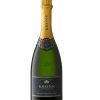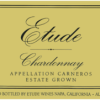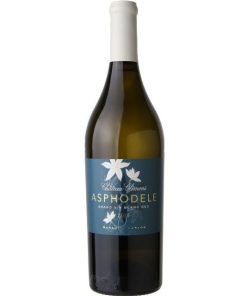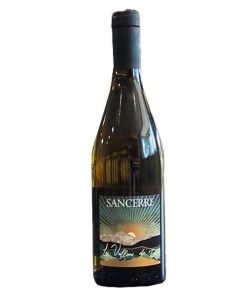-
×
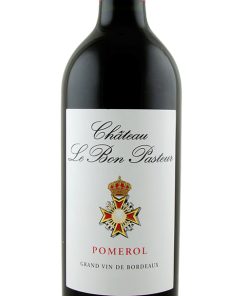 Chateau Le Bon Pasteur 2020
1 × $84.99
Chateau Le Bon Pasteur 2020
1 × $84.99
2021 Grande Roche Chablis Village
$29.99
Bottled with light bentonite fining and unfiltered
Out of stock
2021 Grande Roche Chablis Village
2021 Grande Roche Chablis Village Harvested from a sustainable, 31-year-old, .82-hectare plateau vineyard planted on clay-silt soil and with a western exposure. After pneumatic pressing, must and gravity settling, and gentle racking at low temperature, the wine goes through alcoholic and natural malolactic fermentation in neutral oak. The wine is then matured for 11 months on fine lees in neutral oak. Bottled with light bentonite fining and unfiltered.
Chardonnay
Chardonnay is the world’s most famous white-wine grape and also one of the most widely planted. Although the most highly regarded expressions of the variety are those from Burgundy and California, many high-quality examples are made in Italy, Australia, New Zealand and parts of South America.
Describing the flavors of Chardonnay is not easy. While many Chardonnay wines have high aromatic complexity, this is usually due to winemaking techniques (particularly the use of oak) rather than the variety’s intrinsic qualities. Malolactic fermentation gives distinctive buttery aromas. Fermentation and/or maturation in oak barrels contributes notes of vanilla, smoke and hints of sweet spices such as clove and cinnamon. Extended lees contact while in barrel imparts biscuity, doughy flavors. Because of this high level of winemaker involvement, Chardonnay has become known as the “”winemaker’s wine””.
The variety itself (although often said to be relatively flavor-neutral) is responsible for most of the fruity flavors found in Chardonnay wines. These range from the tropical (banana, melon, pineapple and guava) to stonefruits (peach, nectarine and apricot), citrus and apples.
Climate plays a major role in dictating which fruit flavors a Chardonnay will have. Broadly speaking, warm regions such as California, Chile and much of Australia tend to give more tropical styles. Temperate zones such as southern Burgundy or northern New Zealand create wines marked out by stonefruit notes. The very coolest Chardonnay vineyards (those in Chablis, Champagne and Germany) lean towards green-apple aromas.
Mineral descriptors such as chalk, wet stones and crushed seashells also find their way into Chardonnay tasting notes. These are sometimes attributed to the soils in the vineyard, although the relationship between soil and wine flavor has become widely exaggerated. The most famously minerally Chardonnay wines are those of Chablis, one of the very few wine regions to focus on a largely unoaked style of Chardonnay.
Although most famous for its still, dry wines, Chardonnay is used to produce an impressively diverse range of wine styles. The variety is put to use in sparkling wines all over the world (most famously Champagne), when it is usually paired with Pinot Noir. It can also be found in sweet botrytized and late-harvest wines; Canada even produces sweet Chardonnay ice wines.
Chardonnay is particularly popular with wine producers, not least because it has a reliable market of keen consumers. The variety produces relatively high yields, will grow in a broad spectrum of climates and can be made into wine of acceptable quality with relative ease. In poor vintages, deficiencies can be covered up with oak flavors, reducing the financial impact of a bad harvest.
Related products
Chardonnay
$32.00
2022 Jean-Marc Brocard Chablis Sainte Claire 2022 Jean-Marc Brocard Chablis Sainte Claire is tart, with notes of lemon oils and mango skin, as well as a bit of minty herbaceousness. On the palate, there are flavors of honey, tropical fruits just barely ripened, as well as a finish of bracing acidity. One of the most popular [...]
Chateauneuf-du-Pape
$66.00
2017 Domaine Berthet Rayne Chateauneuf-du-Pape Cuvee Cadiac 2017 Domaine Berthet Rayne Chateauneuf-du-Pape Cuvee Cadiac Fresh blackcurrant, licorice and flowers on the nose. Juicy, fresh and intensely flavored, with firm acids contributing to the impression of backbone. Quite aromatic in the mouth. Whereas northern Rhône wines are produced primarily from Syrah, Viognier, Marsanne, and Roussanne, southern Rhône believes in more diversity. Wines [...]
$39.99
Liquid Gold, Rivals The Greatest Sauvignon Blanc in the World, We Have Just Received A One Time 25 Cases.
